FireWire IEEE 1394
The IEEE 1394 standard for the High Performance Serial Bus, also called Firewire, is a serial data transfer protocol and interconnection system. The main feature of the Firewire that assures its adoption for the digital video and audio (A/V) consumer application is its low cost. Fire wire interface is capable of supporting various high-end digital A/V applications, such as consumer A/V device control and signal routing, Digital Video (DV) editing, home networking, and more than 32 channels of digital mixing. Gone are those days of expensive video capture cards. Firewire allows for video capture from both newer DV camcorders with Firewire ports and older analog equipment using A/V to Firewire converters. The first commercial products implementing Firewire technology were Sony's DCR-VX700 and DCR-VX1000 digital video camcorders, introduced in 1995. Nowadays, growing variety of electronic products rely on the Firewire technology.
The advantages of the Firewire interface are summed bellow:- High data transfer rate - up to 50 MB/s (400 Mbps), which is about 30 times faster than USB.
- Supports up to 63 devices (16 - daisy chained) with cable length up to about 4.5 m (14 feet).
- Hot-pluggable (like USB). No need to turn of your device to connect or disconnect, and you don't need to reboot your PC. Also, Firewire is a plug-and-play bus.
- Firewire cables are very easy to connect (Like USB).
IEEE1394 Firewire interface standard is a serial interface which is relatively inexpensive, easy to use, and supports high data rate. Firewire allows easy data exchange between such devices as computers, camcorders, TV sets, speakers, and other consumer electronic devices.

Firewire was originally developed to replace fast but complex SCSI and offers bi-directional isochronous data transfer. Like USB, Firewire provides 'Plug and Play' and 'Hot Plug In' capabilities - allows to connect or disconnect devices without powering down and restarting the system. The list of devices supporting IEEE1394 is growing since it also enables transmitting audio, video, and control signals via the same cable. Since the power line is a part of the cable, power can be supplied directly to the low-power devices (mice, keyboard, etc.).
Basic Architecture
The Firewire cable bus is a 'non-cyclic network with finite branches", consisting of bus bridges and cable devices (nodes). Non-cyclic means that one can't plug devices together to create a loop. Up to 16 cable hops are allowed between nodes, thus the term finite branches. 6-bit addressing allows up to 63 nodes to be connected to a single bus bridge. Thus, 63 connected devices is a limit for a conventional IEEE 1394 card in a PC.
Each node usually has three connectors, and up to 16 nodes can be connected in a 'Daisy chain" through the connectors with standard cables up to 4.5 m long for a total of 72 m. Special high-quality 'fatter' cables allow longer interconnections. Additional devices can be added in a leaf-node configuration (shown in the next figure). Physical addresses are automatically assigned to the devices on bridge power up (bus reset) and when a new node is added or removed from the system. Hot plugging of the devices is fully supported. No device ID switches are required.
Basic Design


Firewire serial interface uses a simple cable with two types of small and inexpensive connectors: 4-pin and 6-pin connectors - to carry multiple channels of digital video and video data and control information plus the power.

During data transfer over the shielded double twisted pair cable, a clock signal is automatically generate from the data signal and the strobe signal. This eliminates the need for the high-speed phase lock loop (PLL) circuits used by other interfaces at both ends of the communication channel. As a result, IEEE 1394 is much less expensive.

The Firewire interface is implemented by the three layers: The Transaction layer, The Link layer, and the Physical layer.
The Transaction layer implements the request-response protocol.
The Link layer supplies acknowledgements to the transaction layer. It handles all packet transmission and reception, and provides cycle control for isochronous channel. The link layer chip both transmits and receives 1394-formatted data packets and supports asynchronous or isochronous data transfer modes.
isochronous capabilities allow PC to handle high-bandwidth data, typical in multimedia applications, more efficiently.
isochronous data handling is especially important for consumer Audio/Video products where data is stored on the PC hard disk drive. The Physical layer provides the initialization and arbitration needed to assure that only one node at a time is sending data. It also translates the serial bus data stream and signal levels to those required by the link layer. It includes the logic needed to perform arbitration and bus initialization functions.


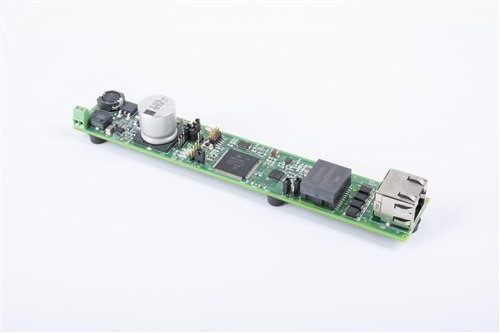
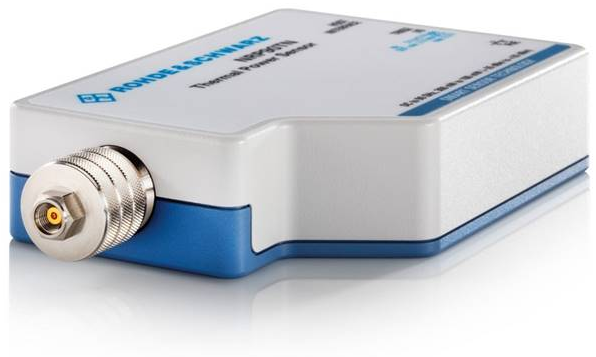
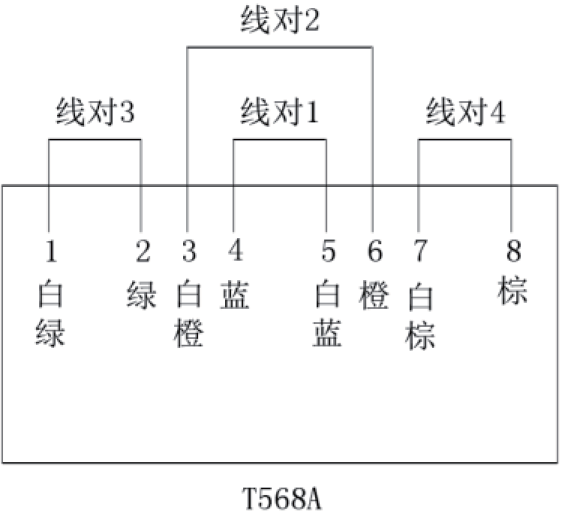
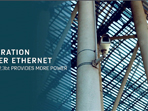
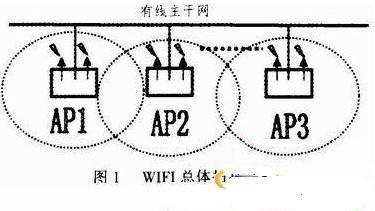
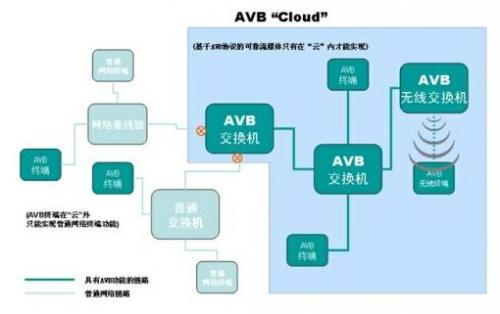
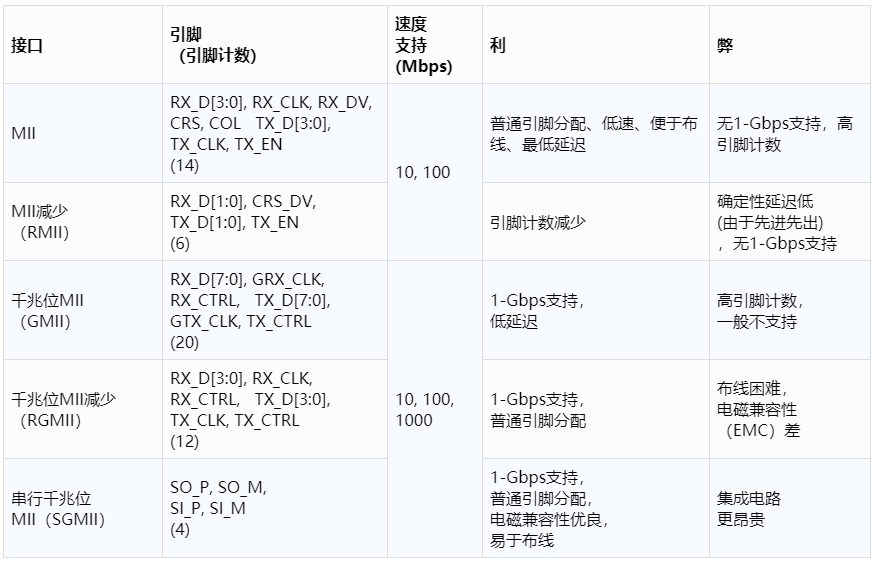


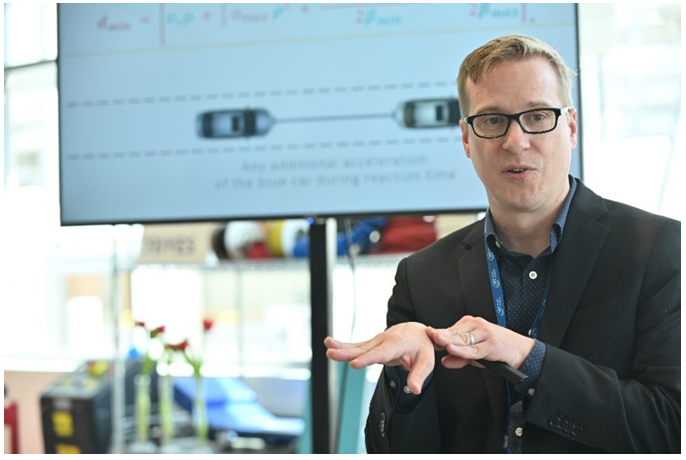


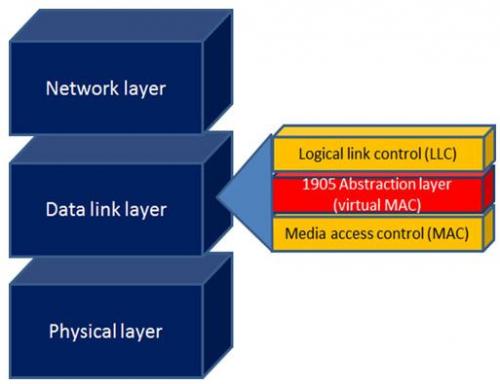


评论